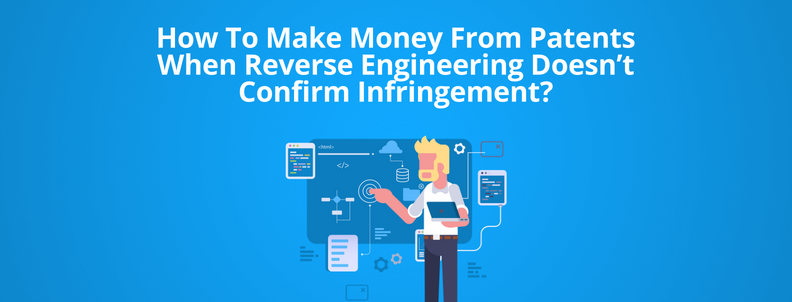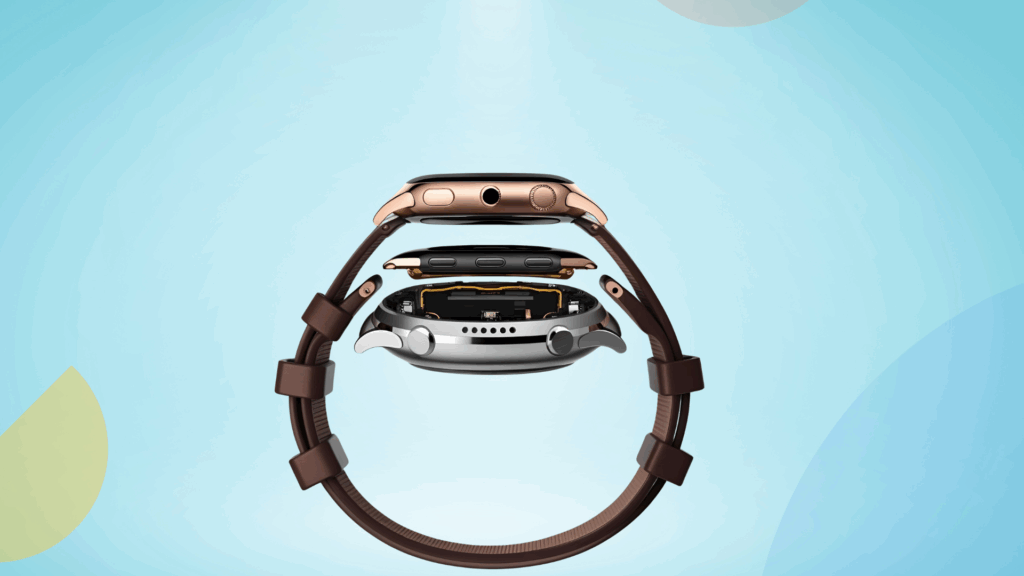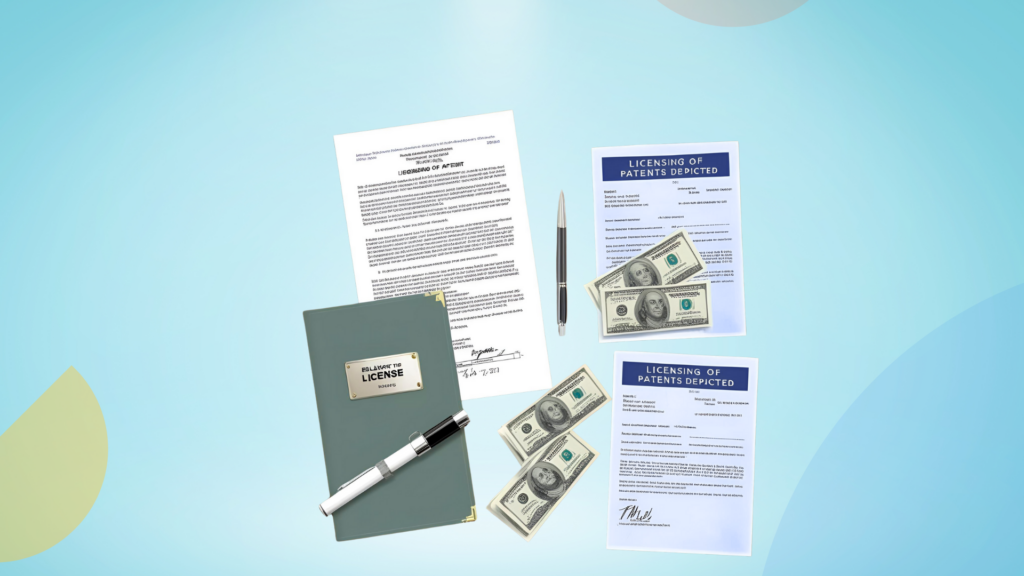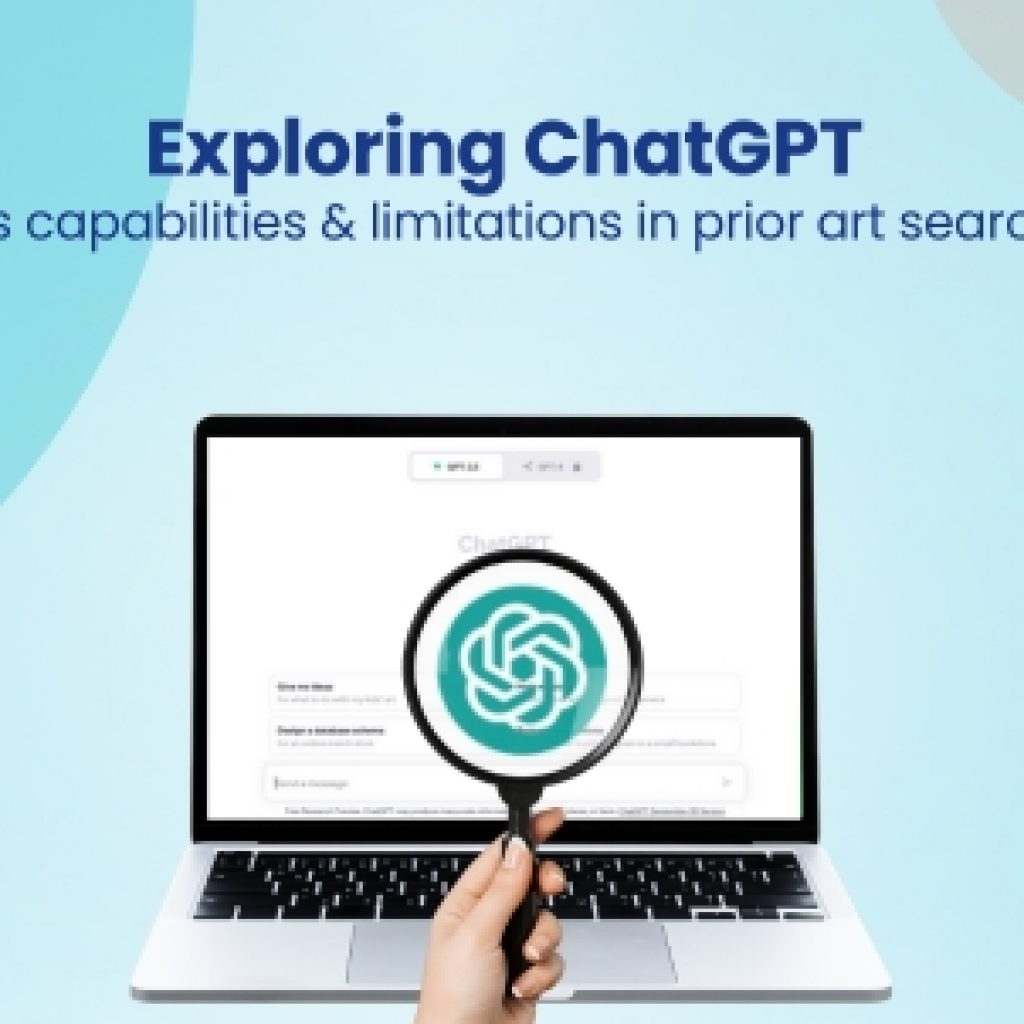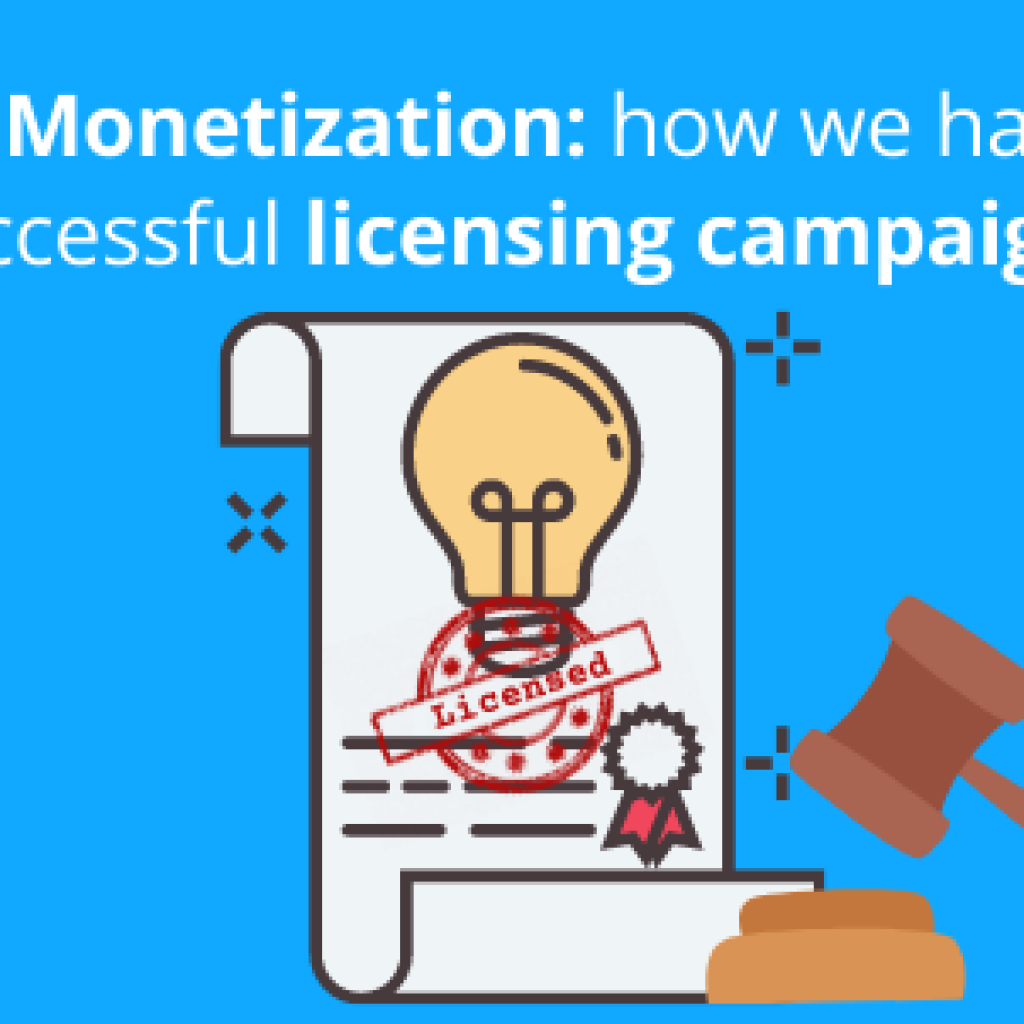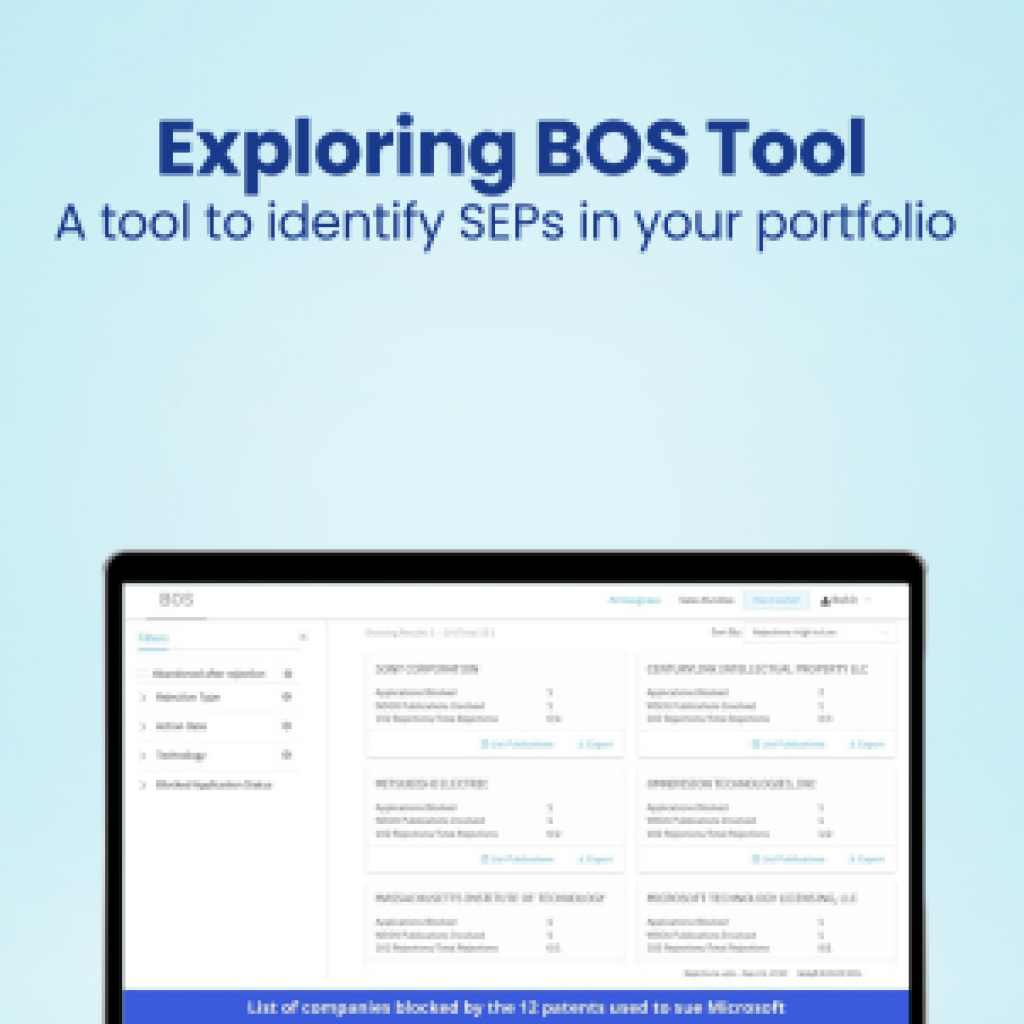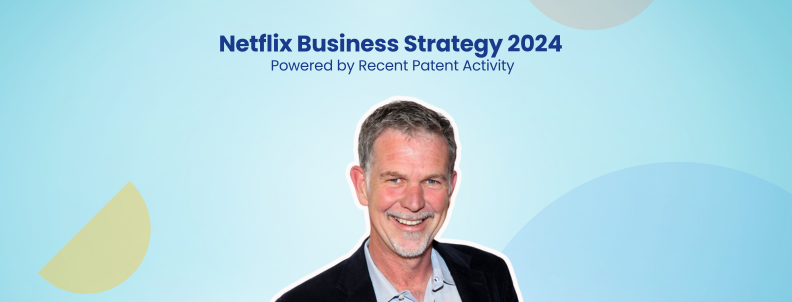Ever broke a phone by mistake? Feels bad, doesn’t it? Ever broke a phone knowingly. No. Well, we broke three of them. Three brand new, flagship smartphones. Why?
Well, we were working on a Reverse Engineering project for a client who was interested in purchasing a particular patent if infringement is established.
Reverse engineering the cell phone screen – was a complex project in itself. It took us a couple of months to get our hands on these phones and perform reverse engineering
At the end of the RE, we found that none of the products infringed the patent.
It was time to get back to the client. The short and easy answer was to convey to the client that the product that he is targeting does not infringe the patent that he wishes to buy. Its straight answer because that was the objective of the project. Project over, case closed, all done.
However, that is not what we did.
We were clear that the client’s objective was not RE, it was to buy the patents that can give him leverage in negotiating the agreements with his vendors.
Therefore, while giving our final presentation to the client, we suggested him another strategy –
We told him that even though RE did not result in infringement but we know much more about the products than what we were aware earlier. Why don’t we leverage the information we have gathered from the RE? We now know how the screen of these phones works. We can use this information and perform reverse infringement analysis to find patents that overlap on these specific features.
The client really liked the idea and asked us to go ahead with the strategy.
Two weeks into the search, we identified three patents that were being infringed by each of these products. Two of these patents were owned by small inventors and were on sale at that point in time.
Our client went ahead with purchasing the patents and next thing we know, he was able to successfully license these patents to all the smartphone makers.
This would not have been possible if we did not place emphasis on the objective of the client. If we overlooked the objective of the project as the actual objective, it would be an open and shut case.
Rather, we focused on helping the client achieve his objective – not the project objective – and earned a loyal client for life in the process.
At the end of the day, understanding client’s needs and satisfying them helps in the long run.
Related Read: Our trials and tribulations on the path to attain customer satisfaction.

